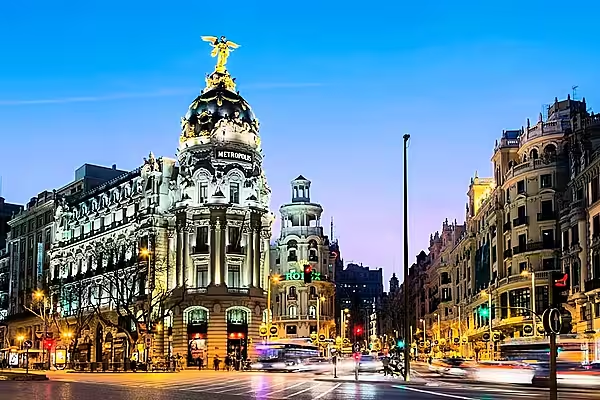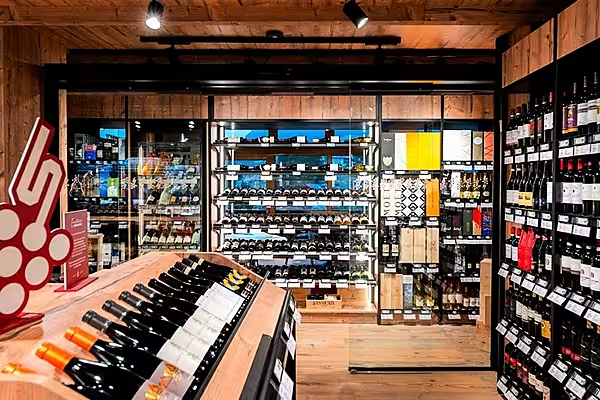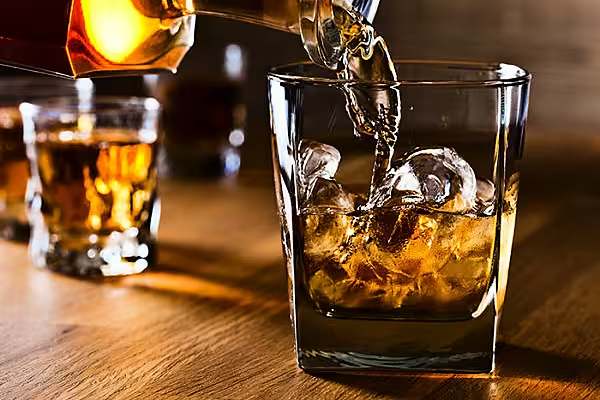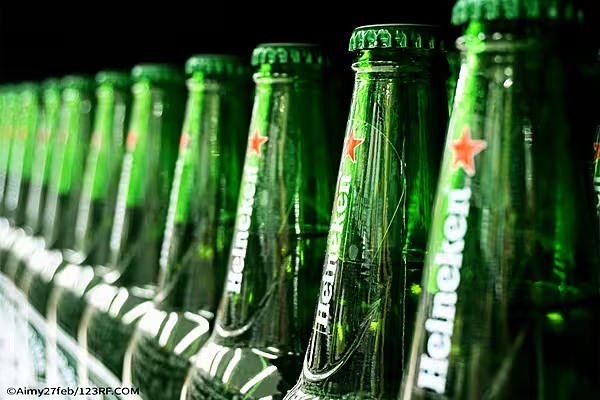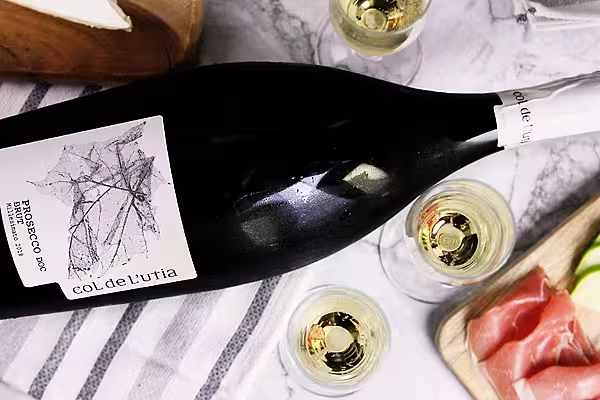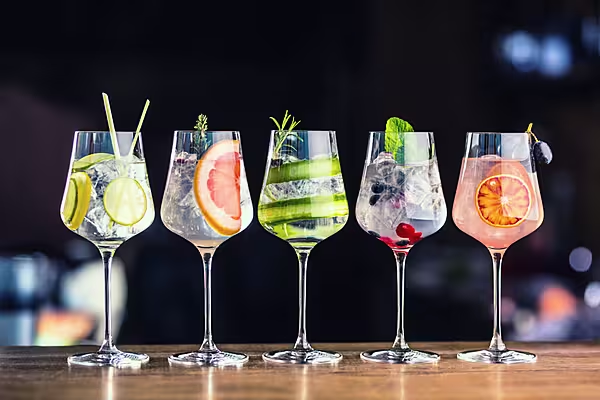Last month, 400 people in black tie trooped through the new cellars and renovations at first-growth Château Margaux’s official unveiling. The map of the buildings, handed out on a small card, looked like a museum floor plan.
That was the prelude to a dinner of truffled artichoke soup and guinea fowl with chanterelle mushrooms, orchestrated by Michelin-starred chef Guy Savoy.
The architecture got as many oohs and aahs as the food and wine that followed.
Margaux’s new winemaking facility, visitors centre, and vinotheque, designed by prize-winning British architect Norman Foster, is just one example of Bordeaux’s ongoing glamorous building boom.
Construction cranes and gaping foundation holes now seem as much a part of the region’s landscape as rows of vines. Flush with profits from the über-expensive 2009 and 2010 vintages and a decade of rising prices, châteaux have been pumping vast amounts of euros into ambitious building projects. This is fueled partly by a new enthusiasm for wine tourism (château owners are taking a cue from Napa Valley) and partly to make room for the latest technology to push wine quality even higher, and to make an image statement while they’re at it.
Naturally, this being Bordeaux, the most famous châteaux are tapping name-brand architects and designers such as Foster, Philippe Starck, and Jean-Michel Wilmotte. And they’re shifting the region’s traditional, classical style to something bolder, more dramatic, sometimes even (gasp!) futuristic.
Here are the five latest exciting - and wildly expensive - projects, many first opened for global visitors during last month’s VinExpo week.
Château Margaux
Owner Corinne Mentzelopoulos, who’s run the château since 1980, has been spending significant sums for the new Norman Foster buildings and renovations since the project started in 2009. No-one will reveal the final cost.
The inauguration was also a bicentennial celebration, as the Foster-designed chai (the French word for wine storeroom or cellar) is the first new building at Margaux since its iconic neo-Palladian château was built in 1815.
Forget the flamboyant futurism of Foster’s Hearst Tower in New York or his “Gherkin” skyscraper in London. His designs for Margaux are a blend of contemporary and classic.
Yes, the new red and white wine-making facility, where our tour started, consists of all glass walls, shiny stainless steel, natural light, and a curving stairway that looks like a nautilus shell. But the treelike columns holding up the tiled roof echo the colonnade of plane trees that lead up to the château, and the clay tiles, gathered from ruins on the property, match adjoining buildings.
Most of the renovations are underground, including Foster’s dimly lit, rather spooky wine library, a long corridor of black boxes with a golden screen and light at one end. The new, light-filled visitors center will offer one-hour tours to the public.
Château Montrose
Further north, in St. Estephe, Château Montrose welcomed 1,600 people for a lavish dinner in its grand renovated 11- metre-high (36-foot) barrel cellar later in the week, at the 64th Fête de la Fleur.
During the past seven years, the estate’s buildings have been restored, rebuilt, and restructured along “green” lines. The cost? According to chief executive officer Herve Berland: $65 million.
Add to that the $170 million its billionaire owners, telecom and construction tycoons Martin Bouygues (and his wife, Melissa) and brother Olivier, forked over to buy Montrose in 2006.
“I bought a tableau, a sculpture, and I have to preserve it,” Martin Bouygues told me. The 18th century exterior, refurbished, remains; inside, everything has changed. Pipes and wires are discreetly hidden inside pillars.
The team, overseen by Bouygues Rénovation Privée, included not just local architect Bernard Mazières, but also official French heritage architect Yves Grémont, specialists in marble and historic stonework, and a Parisian interior designer.
A model of sustainability, Montrose is now completely energy self-sufficient, through solar (3,000 square metres of rooftop photovoltaic panels), geothermal, and wind power, and even has excess energy to sell.
Château Marquis d’Alesme
Two years ago, when I dropped by Marquis d’Alesme’s cellar in the center of the town of Margaux, it was a hole in the ground behind a ramshackle wooden barrier.
Now the project is nearly finished, revealed at another lavish party.
Billionaire Hubert Perrodo, founder and owner of oil group Perenco, bought the estate in 2006. After he died in a climbing accident later that year, his daughter, Nathalie, then 27, took over.
The outside of the new cellar, which was built from scratch from local limestone, is traditional Bordeaux - very classical. But the inside reflects Nathalie Perrodo-Samani’s desire to honour the heritage of her Chinese mother.
The interior is filled with curves and circles. Wavy brass panels that resemble a stylised golden dragon tail frame an opening where you look down at barrels. Wooden, moon-shaped doorways with sliding doors separate sections of the cellar. Cement panels on the wall are inscribed with designs representing mountains, clouds, and the sea.
Marquis d’Alesme’s renovations aim to make it the most tourist-friendly château in Bordeaux. One half-timbered building, which includes a fireplace big enough to roast 20 chickens, will host dinners. In a smaller space will be a cafe. In a gallery, you’ll be able to view the Perrodo family’s Rodin collection.
Gardeners were planting the first of six gardens that will include a labyrinthine maze for children. The official opening is May 2016.
Château Pédesclaux
Imagine a modest stone château encased in a glass box and set in a field backed by vines. As you walk up the path to the front door, the light bounces off the glass, making this look like some monumental futurist temple.
This little-known estate in Pauillac is this year’s most visually dramatic new architectural statement. If real estate is all location, location, location, this one can’t be topped: It’s smack between Châteaux Lafite and Château Mouton. Few people know that it was listed as a fifth-growth in the famous 1855 classification (the same as well-known Lynch-Bages).
Jacky Lorenzetti, real estate mogul, investor, and the owner of Racing Metro 92, a Paris Rugby club, bought Pédesclaux in 2009 and enlisted Pritzker-winning architect Jean-Michel Wilmotte to renovate the château and build a winemaking cellar.
The cellar near the château echoes the same sense of glass and light. It’s a huge rectangle filled with the latest high- tech equipment. Everything works on gravity to avoid pumping the wine, and 166 vats let the winemaker ferment each vineyard plot separately.
The wine-loving Lorenzetti has splashed out about €100 million ($109 million), including for the château, additional vineyards that doubled his land, and the €20 million renovation.
“Jacky has put in place investments that will affect the next 100 years,” said general manager Emmanuel Cruse over lunch at the château. “The wines are getting better, but it will take time to achieve elegance.”
Château Les Carmes Haut-Brion
Symbolism abounds in the new cellar at this small château adjacent to first-growth Château Haut-Brion, whose vineyards are within the city limits of Bordeaux.
When Patrice Pichet, head of Bordeaux real estate developer Groupe Pichet, bought it in 2010, the price set a new record: about €3.8 million per hectare. Pichet bought up more vineyards - he now owns 33 hectares - and then had to build a new cellar to handle the increased production. He commissioned famed designer Philippe Starck and Bordeaux architect Luc Arsène-Henry to help him make the property a much visited “jewel.”
Starck’s four-level cellar design (a €10 million project) is eye-popping, but that shouldn’t be surprising from someone who created a spaceport for Virgin Galactic. The winery looks like an upside-down ship’s hull moored in the center of a small lake and flanked by vineyard slopes, with bridges to the shore. It’s supposed to evoke Bordeaux’s history of transporting wines by ship to everywhere in the world, but I wonder how easy it will be to haul grapes over those bridges during this fall’s harvest.
Topping it all is a terrace, and the floor below is a tasting room, with views (both to be open next year). The main floor is where the grapes will be processed this fall, and the barrel cellar is buried… below the water level. Pichet says it will avoid temperature change and save energy. Maybe it’s just a sneaky way to join the craze of underwater aging.
News by Bloomberg, edited by ESM

